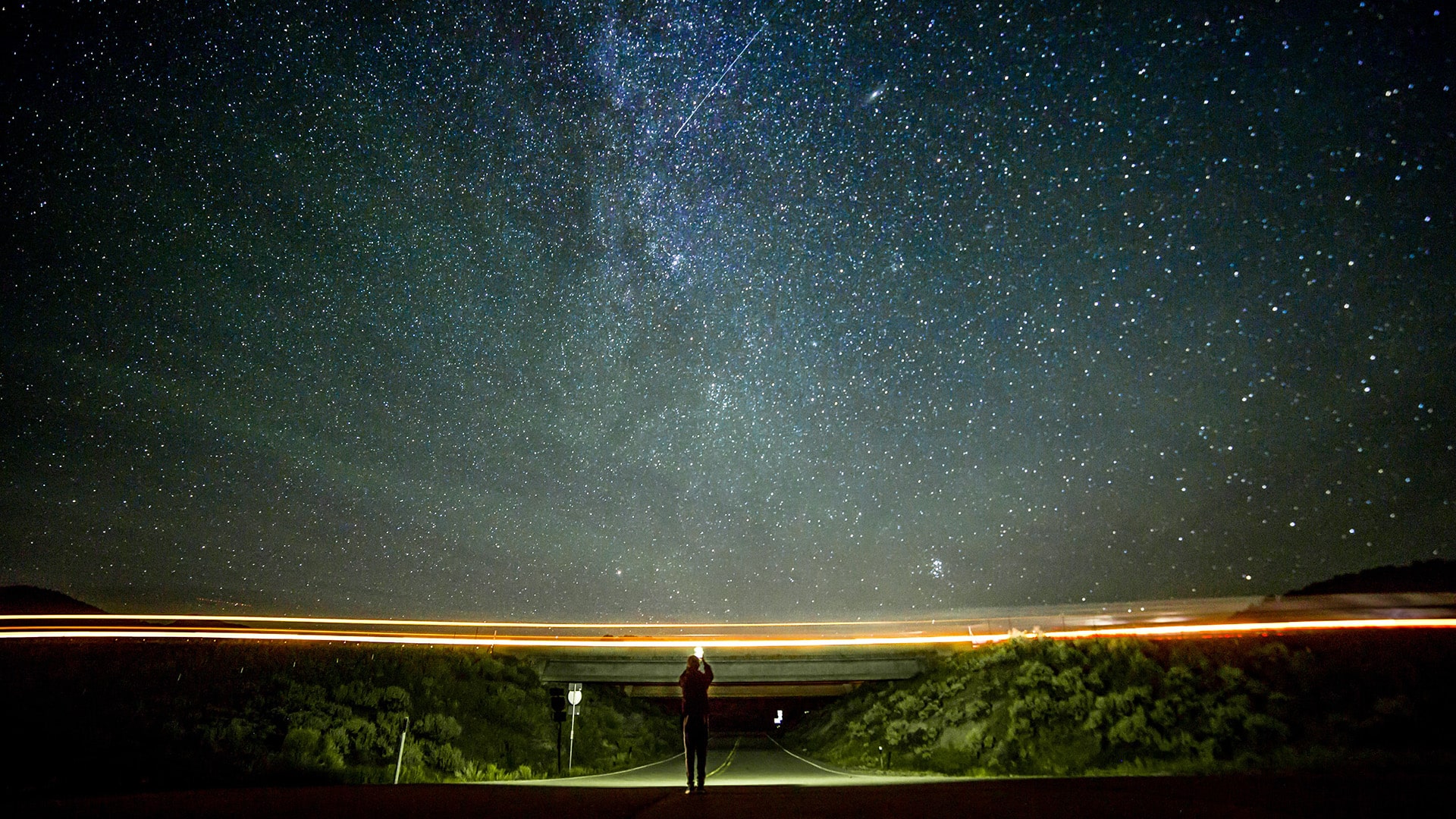Photography accessories are tools that a lot of photographers tend to overlook. In many cases, however, they allow you to optimize your images and help you get better aquainted with your equipment so you can be more effective when it’s time to start shooting. Here are five essential accessories for landscape photography that are easy to take with you everywhere you go.

You’re getting blind.
Don’t miss the best of visual arts. Subscribe for $9 per month or $108 $90 per year.
Already suscribed ?



